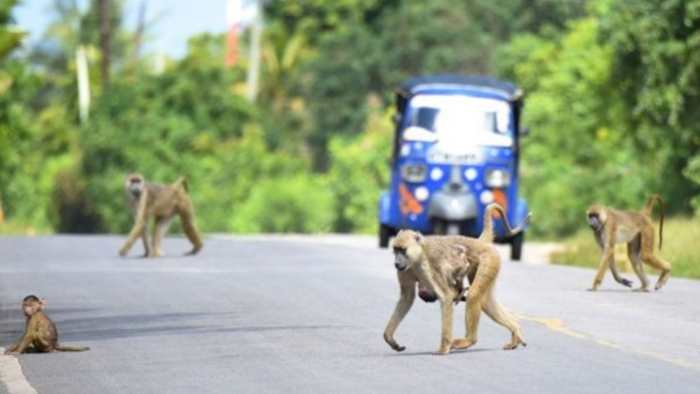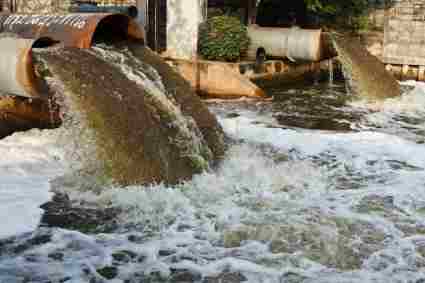Researchers have developed a pioneering roadside AI system to prevent animal-vehicle collisions in regional Australia. The code for this technology will be freely available on GitHub, allowing global researchers and conservationists to create animal-specific models to protect endangered species like red pandas in Nepal, giant anteaters in Brazil, pangolins in Southeast Asia, and snow leopards in Central Asia.
The project, a collaboration between the University of Sydney, QUT, and Queensland’s Department of Transport and Main Roads, produced LAARMA—the Large Animal Activated Roadside Monitoring and Alert system. This affordable system uses sensors to detect animals near roads, triggering flashing signs to warn drivers.
Tested over 12 months in Far North Queensland, a cassowary collision hotspot, LAARMA achieved 97% detection accuracy, logging over 287 cassowary sightings. The warning signs reduced vehicle speeds, lowering collision risks.
LAARMA uses pole-mounted RGB cameras, thermal imaging, and LiDAR, paired with self-training AI that improves without labeled data. In a five-month trial in Kuranda, detection rates rose from 4.2% to 78.5% within 100 meters, and driver speeds dropped by up to 6.3 km/h when signs activated.
“The system learns with each sighting,” said Dr. Kunming Li from the University of Sydney’s Australian Centre for Robotics. “It adapts to conditions like shadows or rain, becoming more reliable over time.”
Unlike older systems needing human retraining, LAARMA’s self-supervised AI refines itself, recognizing animals in varied scenarios. “It’s a big step for wildlife protection,” Dr. Li added. “LAARMA evolves, becoming more accurate and adaptable with use.”
-Press release







